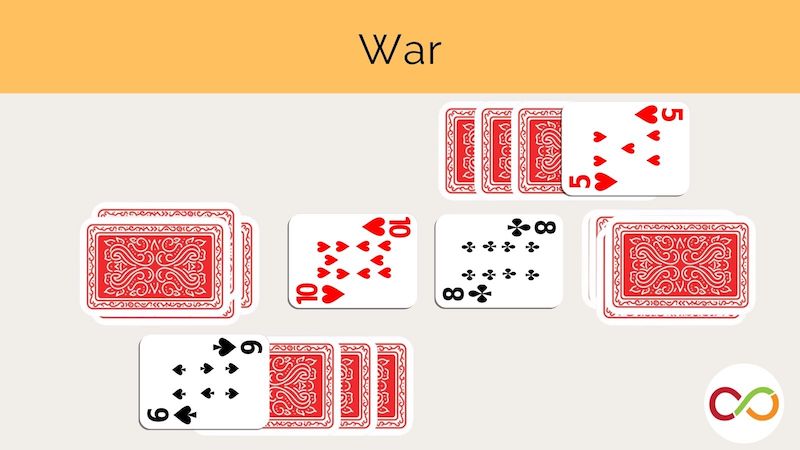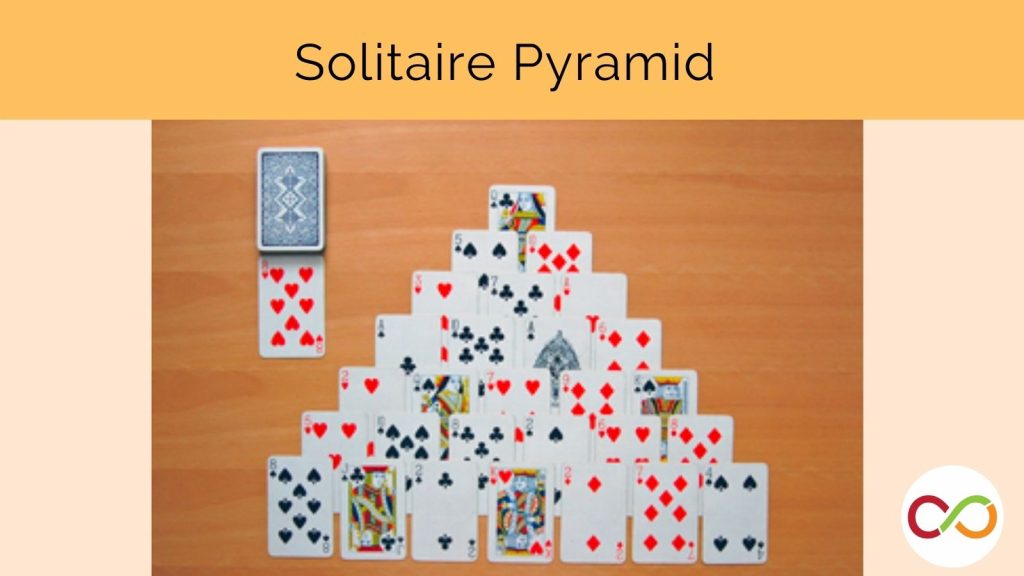Scrambled Egg Math
Primary (Age 6 – 9)
Curriculum Goal
Primary: Number Sense
- Use objects, diagrams, and equations to represent, describe, and solve situations involving addition and subtraction of whole numbers that add up to no more than 50.
Context
- Educator working with a group of four children.
Materials
- One egg cartons per student (size: 12 eggs)
- Two small game tokens per student (e.g., beans, pennies)
- One die per student
- Lined papers or math notebooks
Lesson
- Open the egg cartons and write the numbers 1 through to 9 on the bottom of each rounded space. Choose three numbers to be written down twice to fill all 12 spaces.
- Hand out an egg carton, two game tokens, and a die to each child. Tell them we will be playing a game to practice addition and subtraction.
- Explain to students that they will put the game tokens inside the carton, close the lid and “scramble the eggs” by shaking the carton. Once they finish shaking the carton, tell them to set it on the table.
- Instruct children to then roll their die to determine whether they will be adding or subtracting in this round: an even number means that they will add, an odd number means that they will subtract. Students who are just beginning to solve equations can play the game using one operation.
- Ask students to open the carton lid and see which spaces the tokens fell into. Have them create a math equation using the two numbers and the chosen operation and then solve it.
- E.g., if the child rolled a four (even = addition) and their tokens landed in the seven and three spaces, they can make the equation “7 + 3 = 10” or “3 + 7 = 10”.
- Instruct students to write their equation down on their sheet of paper or notebook.
- Repeat the game for 10 rounds and then discuss with students how they approached the task. Some questions to extend student thinking:
- How did you solve your equation?
- Do you find that certain numbers make it easier to find the answer?
- Can you tell me something about the two numbers that the tokens landed on?
Look Fors
- What strategies does the child use to solve the equations? Do they count up, count on, or find the answer through retrieval? Do children recognize certain math strategies? For example, do they recognize the different ways to make the number 10 or know the doubles fact to help them solve equations faster?
- Griffin (2003) states that as children develop stronger number sense and computation abilities, the strategy they employ will also become more sophisticated (instead of counting up, children may use counting on or retrieval).
- Do children demonstrate the ability to manipulate a mental number line?
- This activity requires children to solve equations without using any concrete objects. According to Griffin (2005), a major learning stage occurs when children are able to solve addition and subtraction questions in their minds by manipulating their “mental counting line structure” forwards and backwards.
- Do children use appropriate math language? Are they using words such as sum, difference, bigger than, smaller than, etc. when asked questions?
- During the activity, talk with students and ask them to verbalize their thoughts or talk about the numbers to listen to their vocabulary.
Extension
- As children become proficient, introduce three-step codes and encourage children to create pathways with more steps
References
Griffin, S. (2005). Fostering the development of whole number sense: Teaching mathematics in the primary grades. In M.S. Donovan & J. D. Bransford (Eds.), How students learn: History, mathematics and science in the classroom (pp. 257308). Washington, DC: The National Academies Press.
Griffin, S. (2003). Laying the foundations for computational fluency in early childhood. Teaching Children Mathematics, 9(6), 306309.
Hoffman, V. (2012, October 16). “Scrambled Egg” math. Retrieved from http://www.education.com/activity/article/scrambled_egg_first_grade_math/
Share this lesson
Share on facebook
Share on twitter
Share on email


